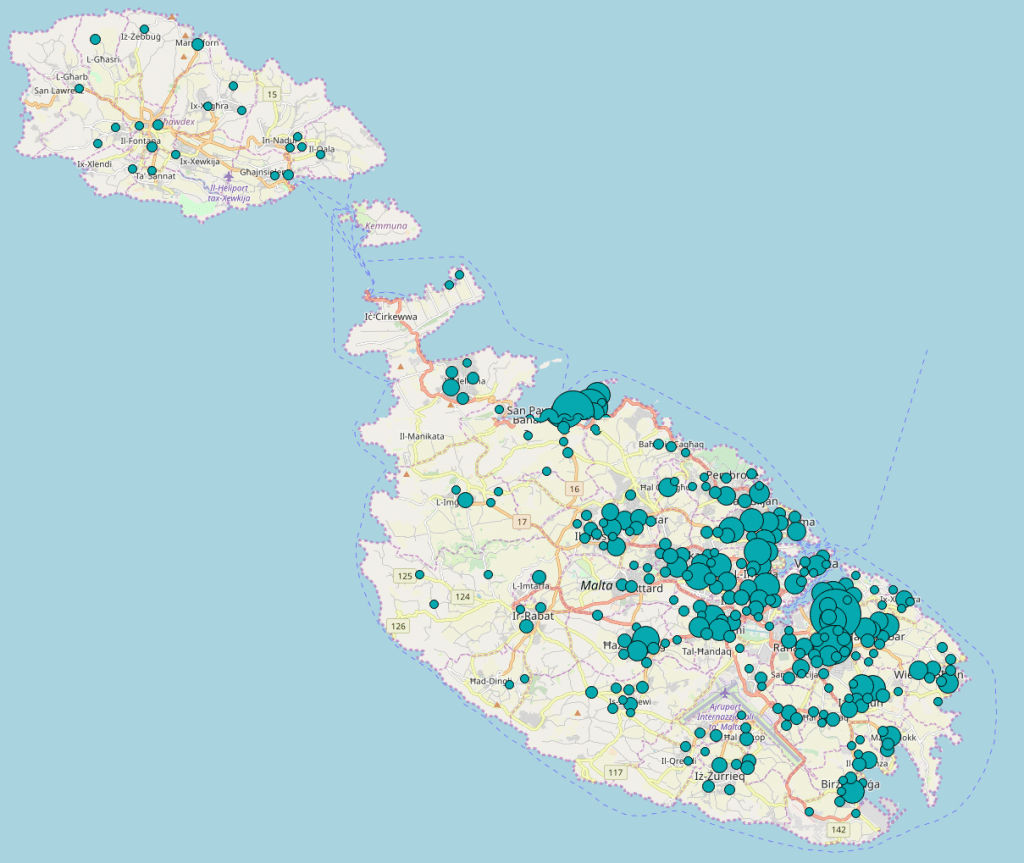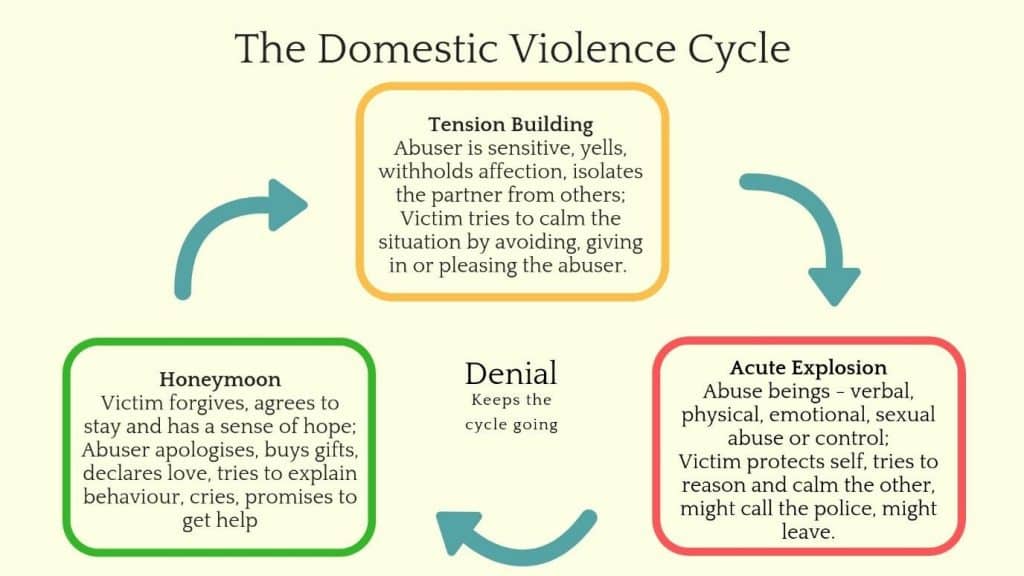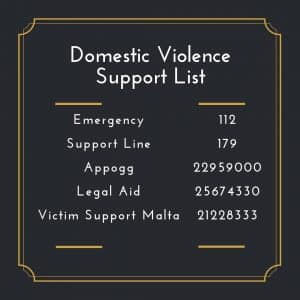
Domestic violence takes place where one or more members living within the same household are violent towards the other member/s. It takes different forms namely: physical (such as hitting or beating), sexual (such as forced sexual intercourse), emotional (including ridicule or threats) or controlling behaviours (controlling the finances, isolation from friends or family, monitoring controlling and movements). Domestic Violence does not discriminate – it happens across all socioeconomic groups, genders, religious groups and cultures (World Health Organisation, 2012).
In 2017, there were a staggering 1257 reported cases of domestic violence in Malta (Formosa, 2018). The majority of the reports, 1064 to be precise, included a female victim, while some 333 reports included a male victim (Iversen, 2018). Below is a map visually representing the reported domestic violence cases in Malta and Gozo in 2017 (Formosa, 2018). This illustrates that domestic violence is more prevalent than we may think. Furthermore, it is important to note that not all domestic violence situations get reported, so there may be many more cases that we just do not know about yet.
Domestic Violence tends to occur in 3-fold cycle of abuse, namely:
- Tension building – this is when tension starts to build over household issues such as money, children or work. Arguments and verbal abuse start. The receiver of the abuse often tries to calm the situation by giving in to arguments, avoiding or pleasing the abuser.
- Acute explosion – when tension reaches its boiling point, the violence begins. This is usually triggered by the abuser’s emotional state of external influence (not the victim’s behaviour). This makes the episode unpredictable and beyond the victim’s control.
- Honeymoon – initially the abuser is ashamed of their behaviour and they apologise profusely. The abuser becomes loving and makes grand gestures to try to convince the victim not to leave the relationship.

The cycle varies from one relationship to another – sometimes all three stages happen in one day, other times taking months, or may be isolated to one event a year. The generosity, kindness and promises made in the honeymoon period gives the victim a false belief that there is hope for change. However, this denial is what keeps the cycle going.

Leaving an abusive relationship is not as easy as it sounds. Although there are many reasons and/or a desire to leave, there could also be things hindering this process, including some of the concerns listed below:
- Fear – of the partner stalking them, coming after them or their loved ones with more force, that they won’t be believed or
- protected by loved ones and authorities
- Isolation – from family and friends
- Financial difficulties – which will hinder their ability to provide for themselves and their children
- Shame – shame that this happened to them, that others could blame them for being in this situation
- Hope – no relationship is “all bad” and many hold on to hope that things will change
- Love – they may still love the partner
Deciding to end a relationship is never easy, and even more so when you are isolated from your family and friends, physically and emotionally broken down, financially controlled or threatened. However, there is help out there. Any form of violence is unacceptable, so if you or someone you know if involved in domestic violence, you can seek help by contacting an agency from the support list.
References
Formosa, S. (2018). CrimeMalta Observatory – Crime Report 2017. Retrieved from CrimeMalta.
Iversen, R. (2018, January 23). Victim Support Malta – 1,257 reports of domestic abuse in 2017. Retrieved from The Malta Independent Online.
World Health Organisation. (2012). Understanding and addressing violence against women.






